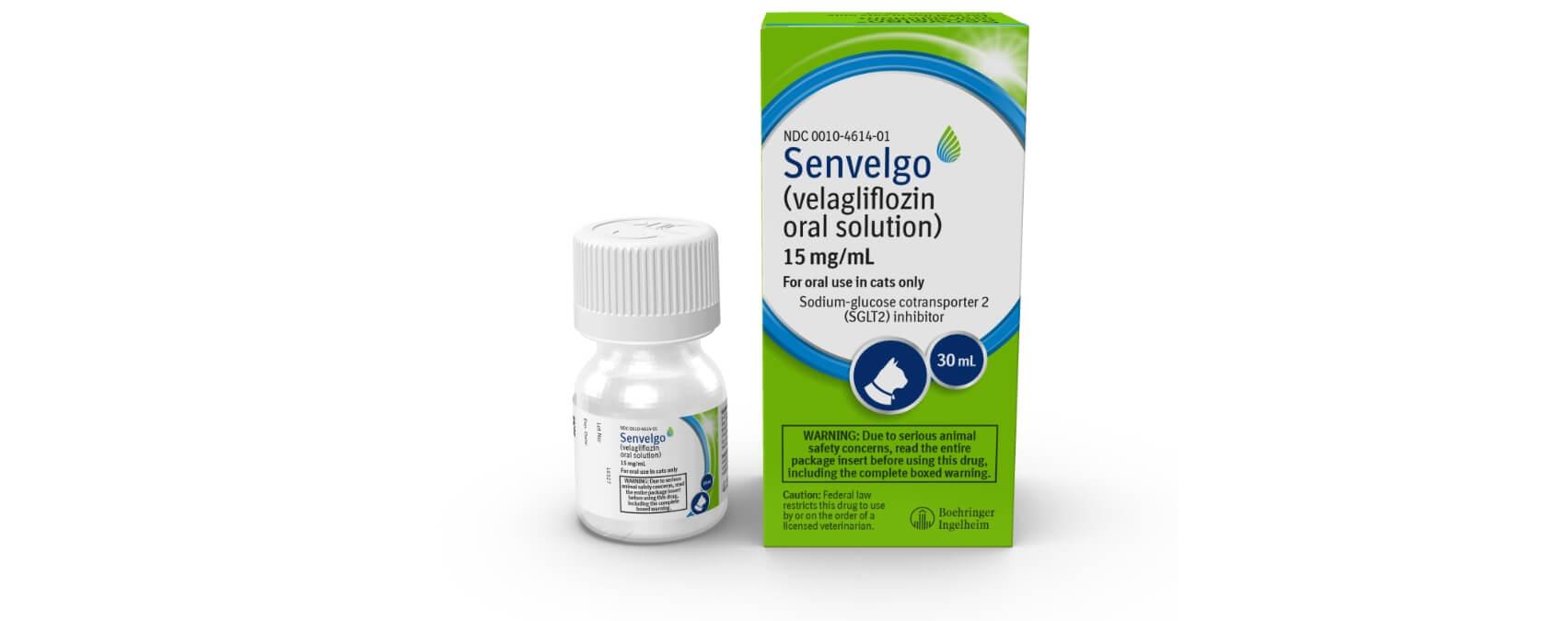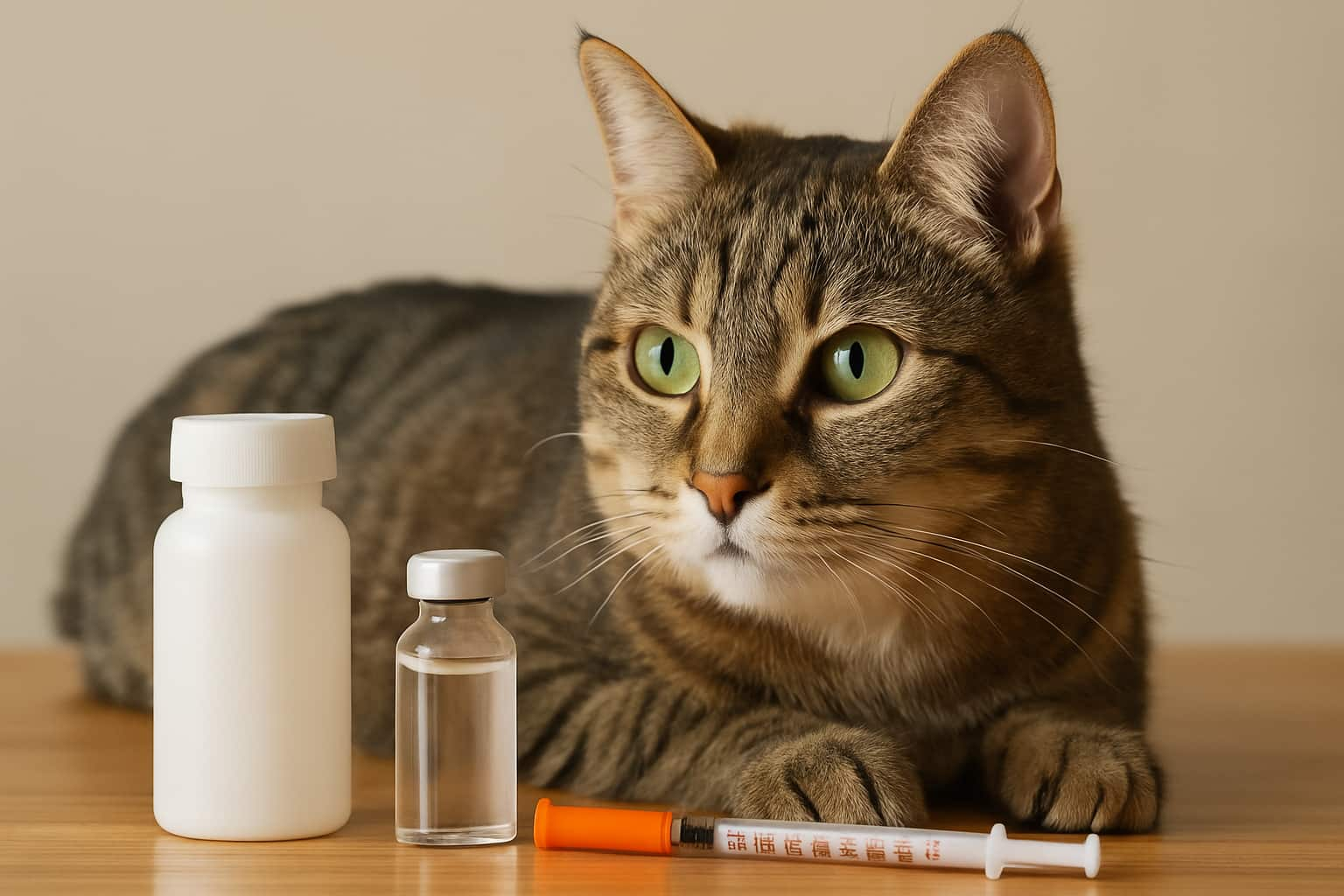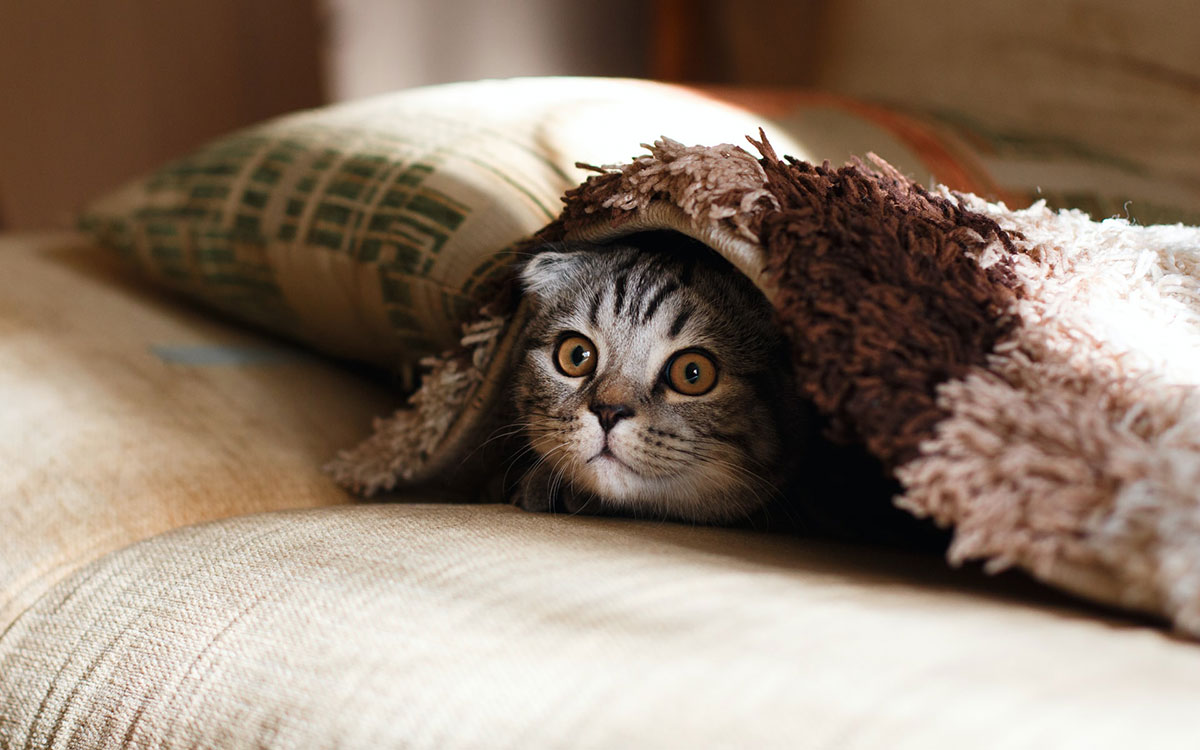Feline diabetes is a common health issue in cats. Proper medication can manage it effectively. Studies estimate that feline diabetes affects approximately 0.58% of the cat population, or about 1 in every 200 cats (O’Neill et al., 2016).
Understanding feline diabetes medication is crucial for cat owners. Knowing the proper treatment can improve your cat’s life. Feline diabetes affects insulin production in cats. It requires careful management with medication and diet. Without treatment, it can lead to serious health problems.
Choosing the proper medication helps control blood sugar levels. It can prevent further complications. Many medications are available for feline diabetes. They vary in form and function. Some are oral pills, while others are injections. Understanding these options helps you make informed decisions. In this blog, we explore various feline diabetes medications. Learn how they work and how to administer them. Discover tips for managing your cat’s diabetes effectively.

Causes Of Feline Diabetes
Some cats have genes that make them more likely to get diabetes. These genes can be passed from parents to kittens. Cats of certain breeds might face higher risks. For example, Burmese cats often have more cases of diabetes. Burmese cats are three to four times more likely to develop diabetes than other breeds (Slingerland et al., 2007).
Diet plays a significant role in feline diabetes. Obesity is another major contributor. Cats weighing over 6 kg (13 lbs) have a significantly increased risk of developing diabetes (Sparkes et al., 2015). Lack of exercise is another factor. Sometimes, stress can affect cats, too. Changes in routine or new pets might stress a cat, which can impact their health over time.
Symptoms And Diagnosis
Cats with diabetes often drink lots of water. They may urinate more than usual. Weight loss is common even if they eat well. You might notice your cat sleeping more. Some cats seem weak or tired. Hair may look messy or less shiny. They could have trouble jumping or climbing. Diabetes sometimes affects their eyes. Vision can become blurry.
Vets perform blood tests to check for diabetes. Glucose levels are measured. A fasting blood glucose level exceeding 250 mg/dL is typically suggestive of diabetes. Urine tests look for sugar. Sugar in urine signals a problem. Fructosamine tests show average glucose levels over 2–3 weeks, aiding in long-term glucose monitoring (Behrend et al., 2018).
Medication Options
Cats with diabetes often need insulin to stay healthy. There are different types of insulin. Regular insulin works fast. It helps control blood sugar quickly. Long-acting insulin works slowly. It keeps blood sugar stable for longer. Vets decide which insulin is best. Each cat is different. Insulin can be given with a needle. It can also be provided with a pen. Common types include glargine (Lantus®) and ProZinc®, both long-acting and recommended for feline diabetes (Marshall et al., 2009).
Some cats take oral medications for diabetes. These pills help control blood sugar. Not all cats can use them. Bexacat® is the first FDA-approved oral diabetes medication for cats. It promotes glucose excretion through urine using SGLT2 inhibition (FDA, 2022). Bexacat showed 84% effectiveness in improving glucose control in clinical trials.

Administering Insulin
Insulin injections help cats with diabetes. Use a small needle. Hold the cat gently. Find a soft spot behind the neck. Pinch the skin lightly. Insert the needle quickly. Press the plunger slowly. Remove the needle safely. Reward your cat with a treat.
Insulin dosage depends on the cat’s weight. Follow the vet’s instructions. Initial dosing usually starts at 0.25 to 0.5 units/kg every 12 hours, with regular glucose curves to assess effectiveness (AAHA Guidelines, 2018). Keep insulin cool and dark.
Dietary Management
Cats with diabetes need special care and a good diet. They need low-carb foods, which help keep blood sugar steady. Studies support low-carb (<12%) and high-protein (>40%) diets to improve insulin sensitivity and glycemic control (Mazaki-Tovi et al., 2013). Always check with a vet for advice.
Feeding times matter. Cats should eat at the same time daily. Small meals work well, keeping blood sugar steady. Two to three meals a day are best. Always make sure fresh water is available.
Monitoring And Adjustments
Cats with diabetes need special care. It’s vital to track their blood sugar levels. Use a glucometer to check at home. Your vet will show you how. Keep a record of the results. This helps you see patterns.
Use of pet-specific glucometers like AlphaTRAK® is recommended. Blood glucose curves and fructosamine assessments every 2–4 weeks are essential during dose adjustments.
Sometimes, medication needs to be changed. If blood sugar is too high or too low, the vet might adjust the insulin dose. Insulin doses must be just right. Too much is harmful, and too little won’t help.
📆 AAHA Diabetes Guidelines recommend consistent monitoring, regular check-ups, and strict treatment routines for successful long-term outcomes.
👉 Read the full AAHA Guidelines
Potential Complications
Cats with diabetes can experience hypoglycemia. Signs include shaking, weakness, and confusion. If not treated, it can be severe. Always keep a sugary syrup nearby.
Diabetes can cause long-term effects. Cats might develop kidney problems and eye damage. Regular vet visits help catch these issues early. With care, diabetic cats can live 3–5+ additional years post-diagnosis (Behrend et al., 2018).
Living With Feline Diabetes
Cats with diabetes need daily insulin shots and a balanced diet. Avoid sugary foods. Exercise helps maintain health. Monitor weight changes. Play with your cat regularly. Even short sessions help.
Support systems like family, forums, and support groups make care easier. Keep in touch with your vet. Education and consistency are keys to success.

Frequently Asked Questions
What is the best diabetic medicine for cats?
Insulin is the most effective and reliable treatment for feline diabetes.
Is it worth treating an elderly cat?
Yes. With treatment, even older cats often enjoy many additional years.
What is Bexacat?
Bexacat® is a once-daily oral medication for newly diagnosed cats. It showed 84% clinical success in trials (FDA, 2022).
References
- O’Neill, D. G., et al. (2016). J Vet Intern Med, 30(4), 964–972.
- Slingerland, L. I., et al. (2007). Domest Anim Endocrinol, 33(2), 134–151.
- Behrend, E., et al. (2018). AAHA Diabetes Management Guidelines.
- Marshall, R. D., et al. (2009). J Feline Med Surg, 11(6), 479–491.
- Mazaki-Tovi, M., et al. (2013). J Feline Med Surg, 15(4), 287–294.
- U.S. FDA (2022). CVM Update: Bexacat Approval.
🩺 Reviewed by Dr. Audrey Cook, BVM&S, DACVIM-SAIM, DECVIM-CA
Professor of Small Animal Internal Medicine
Texas A&M University, College of Veterinary Medicine
Dr. Audrey Cook is a globally recognized expert in veterinary endocrinology. With certifications in both U.S. and European veterinary medicine, she specializes in feline diabetes, insulin therapies, and chronic endocrine disorders. Her work influences best practices in clinics worldwide.






